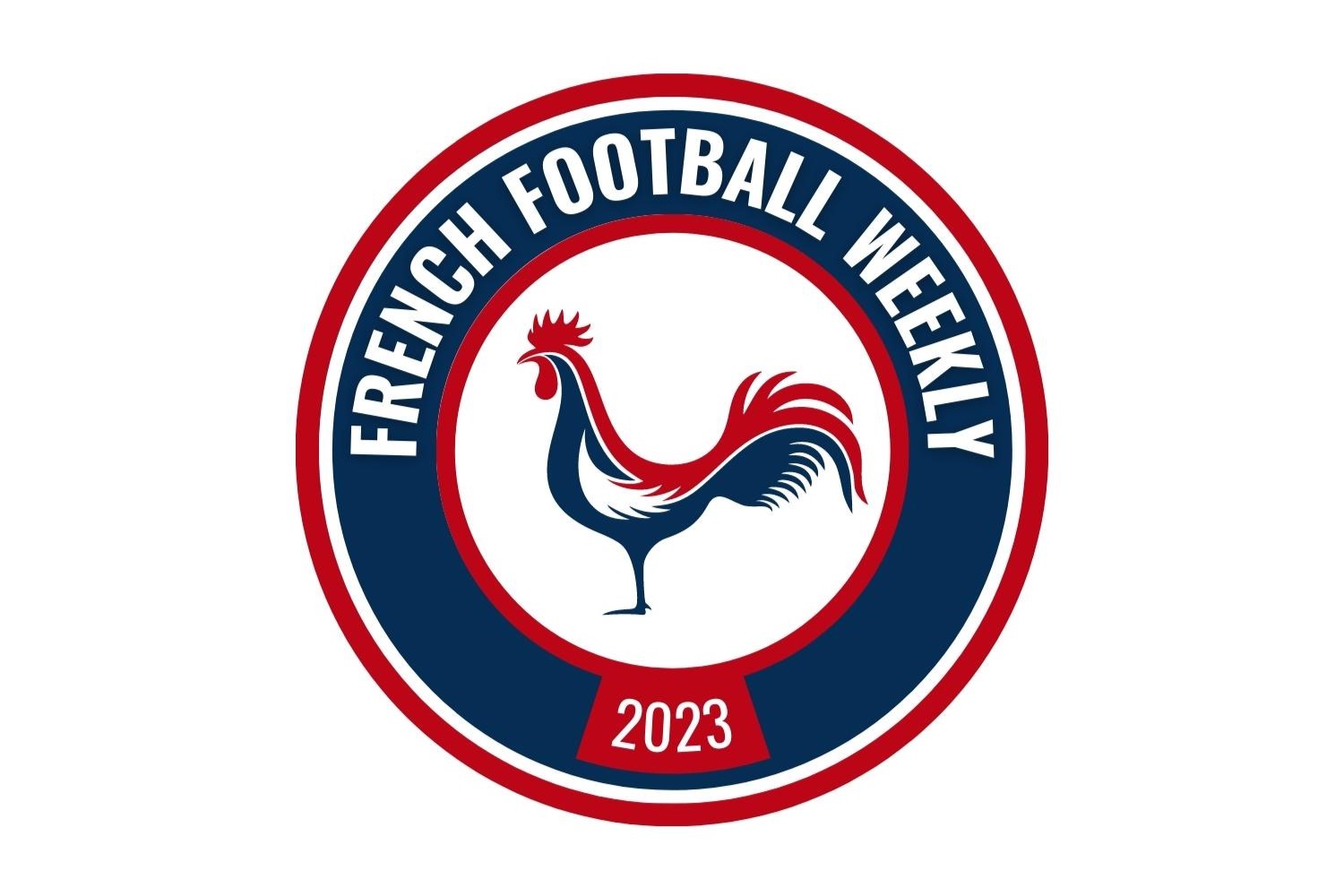ARTICLE AD
It is one of the traditions in Italy. At the end of each season and as a preamble to the start of the stormy off-season period marked by the transfer window, the Italian daily, Tuttosport, organizes its Golden Boy pre-ceremony in a small Italian town in order to announce the list of 100 young players under 21 named for the 2024 edition. Kylian Mbappé in 2017, Erling Haaland in 2020 or even Jude Bellingham in 2023, the Golden Boy trophy often gives pride of place to the future best players on the planet. Launched in 2003 by the Italian media, this award returns for a new edition with some pretty names at the top of the bill. Writing French Football Weekly was invited to Solomeo, near the town of Perugia in the Umbria region, to attend this long but beautiful preparation in view of the real ceremony next December in Turin which will (probably) reward Lamine Yamal of FC Barcelona, João Neves from Benfica or Alejandro Garnacho from Manchester United. On what system are candidates chosen? Quite original method but the selection is based on analytical data from Football Benchmark since 2023, comprising three main pillars and a bonus asset: sporting performance, playing time, club strength and the bonus linked to performance in national selections and UEFA competitions.
Agents, managers, journalists, former players… It was a golden audience that gathered in the Teatro Cucinelli, within the large private residence of Brunello Cucinelli, Italian stylist, philanthropist and entrepreneur with a fortune estimated at nearly 4 billion dinars. euros according to Forbeswhich graciously opened its doors to the various players in football to organize the opening, the pre-ceremony and the evening dinner marked with the Golden Boy 2024. On the program of this show of more than 3 hours presented the director of Tuttosport Guido Vaciago and the journalist from Sky Sports Federica Lodi, a tribute to Gigi Riva took place with the exceptional presence of Gianluigi Buffon. Several small conferences then followed with multiple speakers. Former Barça player turned agent Bojan Krkic came to talk about La Masia’s recipe for success. Turin leader Federico Cherubini presented the successful Juventus NextGen project. Frosinone sporting director Guido Angelozzi and agent Giovanni Branchini discussed the future of the football transfer market and the difficulty of discovering tomorrow’s talents. Another perfect day French Football Weekly was able to live from behind the scenes to represent French football.
France makes everyone agree!
Throughout the ceremony, one constant recurred in each intervention: French football has been able to focus on youth at all levels for several years, to the point of today becoming a European benchmark. As proof, France confirmed, once again, its first place as the most represented nation with a total of 11 players out of the 100: Warren Zaire-Emery, Leny Yoro, Désiré Doué, Mathys Tel, Guillaume Restes , Wilson Odobert, Jeanuël Belocian, Kassoum Ouattara, Mohamed-Ali Cho, Christian Mawissa and Lucas Mincarelli. But also in the number of talents playing in Ligue 1 including Ângelo, Habib Diarra, Andrey Santos, Abdukodir Khusanov, Eliesse Ben Seghir, Lamine Camara and Malick Fofana. If the French championship can sometimes be criticized for an irregular level, a lack of performance in the Champions League and the Europa League or a more fragile economy, the development of young people remains unique and singular in the five great champions. Moreover, in the top 25, we find five French players, four of whom are in Ligue 1.
During his presentation to present the success of Juventus NextGen (Bianconeri B team used as a gateway for young players), Federico Cherubini, manager of the Old Lady, praised the French model by criticizing the fear of Italian professional clubs to launching young transalpine talents into the mix: “We must first understand whether this is simply an Italian problem or a structural problem at European level. And what emerges, even ignoring the example of France which is out of scale for all the other championships. There is a substantial difference in the process of training players between us and these countries, and we are also the last in all of Europe to train players for their club and in a world like football that needs sustainability, It’s unthinkable today.”, he confided on the theater stage. He also took the example of Olympique Lyonnais and Stade Rennais, two clubs accustomed to quickly using players trained in their respective schools and being among the ten least cautious European teams with respectively a utilization rate of 45, 6% and 30.6%. In Perugia, the Golden Boy took on a French accent. Cock-a-doodle Doo.

.jpg) 9 months ago
67
9 months ago
67 
